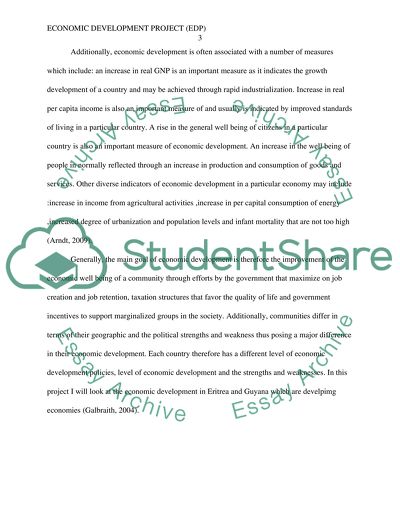Cite this document
(“Economic Development Project (EDP) Research Paper”, n.d.)
Retrieved from https://studentshare.org/macro-microeconomics/1404391-economic-development-project-edp
Retrieved from https://studentshare.org/macro-microeconomics/1404391-economic-development-project-edp
(Economic Development Project (EDP) Research Paper)
https://studentshare.org/macro-microeconomics/1404391-economic-development-project-edp.
https://studentshare.org/macro-microeconomics/1404391-economic-development-project-edp.
“Economic Development Project (EDP) Research Paper”, n.d. https://studentshare.org/macro-microeconomics/1404391-economic-development-project-edp.


